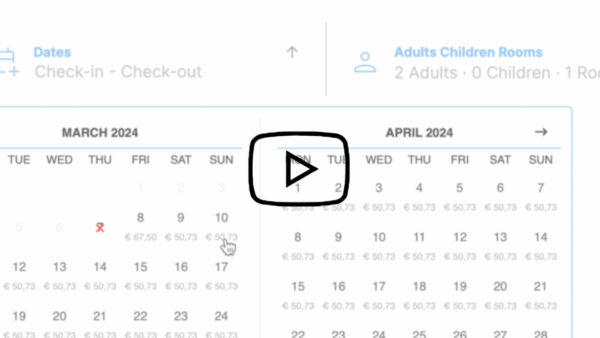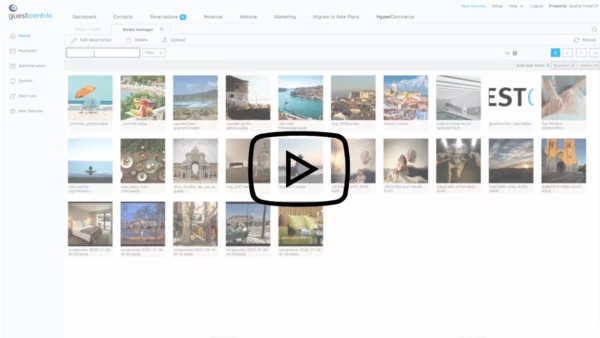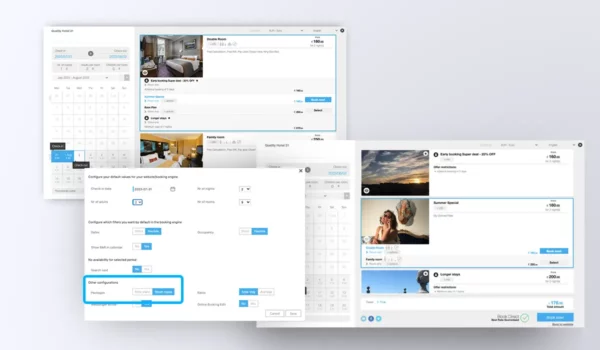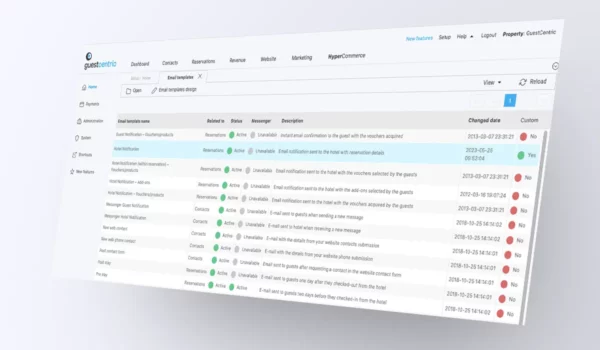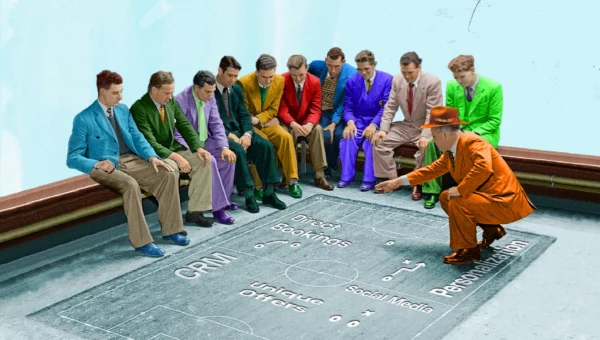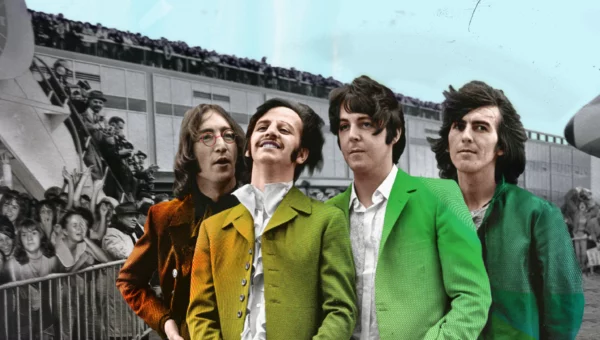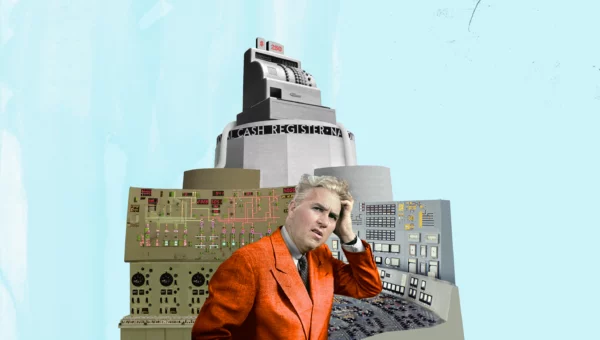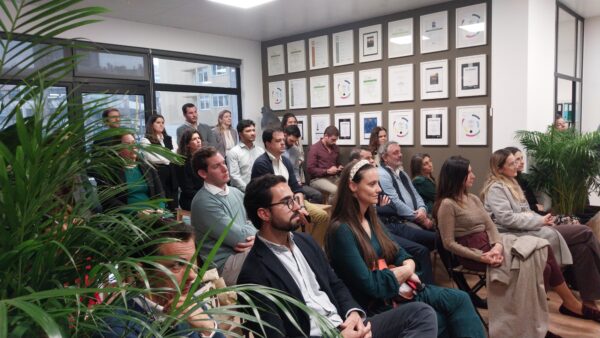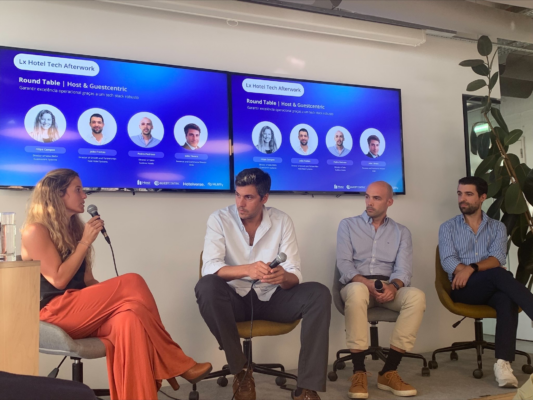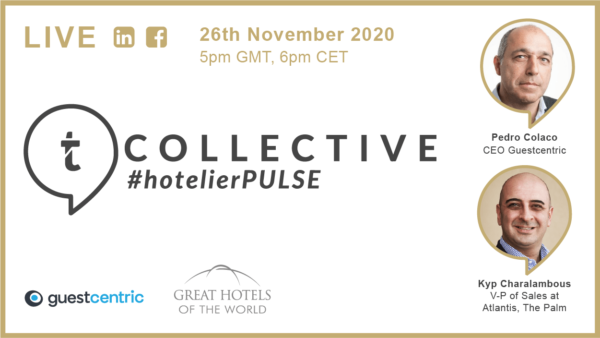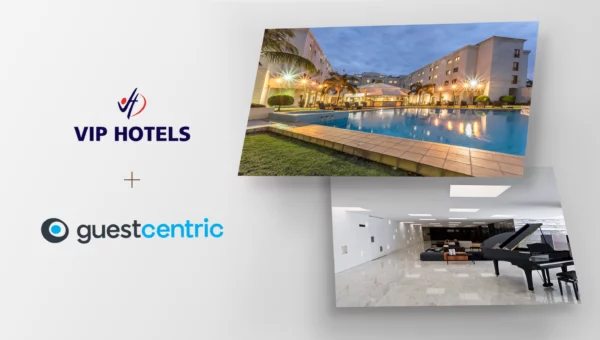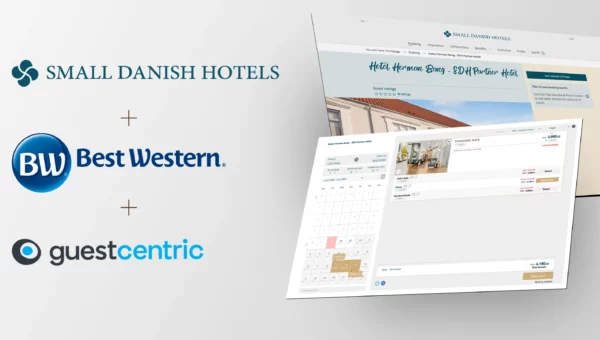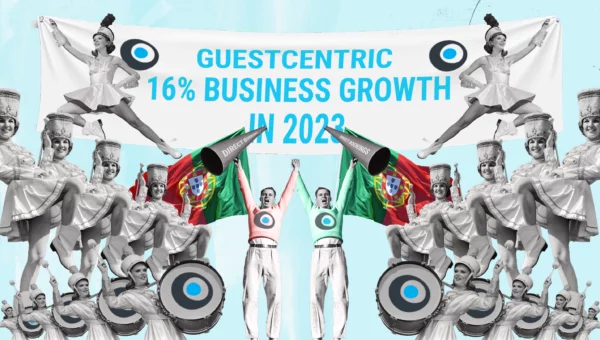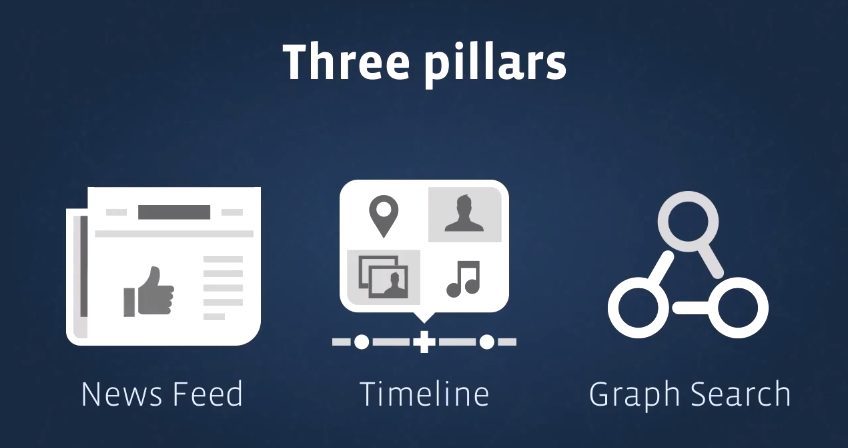The new digital marketing: brought to you by Graph Search
Reading Time: 6 minutesThere’s a saying in real estate that goes: “location, location, location”. The turn of phrase aims to point to the great importance of location when determining desirability of a property. It mentions just this one factor to point to how it is important, but that doesn’t mean it is the only one; there are obviously other factors at play.
Many hoteliers think of digital marketing as SEO, SEO, SEO. Previously, we discussed how SEO’s methodology was under serious risk of losing efficiency from Google’s push into encrypted search (and possibly paid traffic), and how it required a rethinking of the meaning of SEO in hoteliers’ digital marketing strategy. This article tries to pave the way for a discussion around SEO 2.0, i.e. which channels come into play in hotel visibility and digital marketing strategies, and conclude which of them holds potential for an effect similar to “location”.
The ways of SEO
Despite various comments regarding the supposed death of SEO, in previous articles we took note of the importance of SEO as a visibility strategy and thus aimed to point at how it is changing and how that would affect hoteliers’ digital marketing strategy.
SEO keywords can be of greater or lesser importance, and there is definitely a trend of SEO techniques that move away from keywords to other elements like co-citations. However, keywords are still a part of the overall SEO strategy, as one cannot optimize visibility for individuals and must use broad categories of consumers to target, whether based on demographics, interest groups, or any other categorization.
New-age SEO experts leverage a holistic view of digital marketing: on the web, (directly and through distribution), using advertising and by engaging consumers on social media. In simple terms, instead of relying solely on keyword optimization, the basic idea is to create an eco-system of pages that capture relevant traffic for the hotel. Once that eco-system is in place, one can measure how well it is performing by assessing page ranks and other indexes and leveraging tools like Husbpot, SEOmoz or Authority Labs.
In addition, inbound marketers tout the benefits of efficient landing pages with attention grabbing headlines, little or no navigation and rich imagery… Complementing these techniques with new advertising tools like retargeting, makes the message stickier and creates a funnel of consumers that can be led to convert at the end.
In conclusion, it seems like SEO 2.0 is evolving to become a mix of both original, earned and paid media. Traffic is very important for hoteliers and SEO 2.0 is about finding the channel mix that maximizes results. Channels must generate traffic, and should be assessed against how much budget they consume and also whether they require nurturing, collecting, and processing extensive reams of information, which costs time and resources.
Review aggregators, online travel agencies and travel information websites
An important element to generate awareness and create traffic to the hotel’s websites is in channels like tripadvisor, booking.com and Kayak. With these channels hoteliers have a place on which to list and promote their hotel to an aggregated market of consumers. They have an opportunity to place themselves right in front of consumers that are looking for hotels just like them.
Hoteliers don’t have to worry as much with gathering and processing data, as user feedback is usually openly displayed for all to see and the services themselves usually provide information and are quick to say what could be done to increase exposure.
These services usually offer increased exposure or other beneficial effects for a price. Costs vary from commission fees on bookings to pay-per-click schemes, and there are usually costs associated to prominent placement. The more these channels have to offer, the more they cost. Overall these distribution channels can become quite costly and a significant marketing cost for your hotel.
Furthermore, the control hoteliers have on the channels is limited and dependent on which aspects the channel whishes to focus on. That is, if booking.com is more interested in price-comparison than product differentiation, the ability to differentiate your hotel on booking.com will be very limited.
So, balancing how much you depend on these channels is critical. If a single one of them represents over 20% of your online bookings, you should consider assessing what to change in your strategy.
The promise of Social Media
To complement traditional distribution channels, hoteliers need a channel to reach consumers whose potential to generate traffic is not dictated by commissions and a channel that hoteliers can control. Ideally this new channel (or channels) would help your digital presence like tripadvisor, booking.com and many others, without ever being dependent on them.
Social media could very well become the great alternative channel for your direct traffic. With consumers becoming increasingly SoLoMo (Social, Local, Mobile) not only are they using social media, but they are also accessing it through multiple devices.
In social media hoteliers can usually find a good amount of information made available to them, prominence isn’t directly affected by payments and there is a good amount of control over the channel.
On the other hand, social media has been criticized for being a lot of “busy work” and not having longevity. A six-month push to increase presence can quickly fade away if not maintained afterwards.
How Facebook’s graph search may be truly disruptive for travel

Facebook’s graph search and Google’s new found focus on Google+ search results, social media’s potential could very well be increased as it adds longevity to hoteliers’ social media investments.
Facebook Graph Search and Google’s push of Google+ add longevity because it changes the value of posts. Prior to Graph Search, posts were featured for a brief moment and almost instantly lost into a never-ending stream of posts, updates and photos.
Graph Search changes that; posts can now be displayed as a result for searches, independently of the time of their publication. Graph Search takes review sites’ peer-to-peer recommendations a step further and has search results change in accordance to their interests and their “friends’” similarities to them.
The new tool will surely bring about new forms of search and advertising that Facebook has yet to figure out, but in the meantime hotels can start taking advantage of the new feature in order to increase their hotel’s exposure. By promoting posts on your hotel, “likes” and “check-ins” are more likely to show up on the top search results.
The need to become more approachable to potential customers in accordance to their friends’ taste results in an increased importance of “likes”, good classifications and “check-ins”. It nonetheless maintains the necessity of having those that “liked” the page having done so for a reason, and not simply going to “unlike” it when the competition, promotion, or whatever it was that required them to “like” the page, ends. Hoteliers thus need to be able to know how to optimally utilize social media to drive traffic to their hotel.
Take advantage of social media
As social media presents hoteliers with a channel where they can have control of their presence without wasting time or money, it is important to know of the many ways that it can be taken advantage of. Some measures hoteliers should take into account are:
- Engaging content is king: As social media gains importance for your online presence, you’ll not only want to have good-looking pages on the most popular social media websites, but engaging content as well. Take advantage of your social media pages to post quality, shareable content that is relevant to your customers, but that you wouldn’t want cluttering your website. You can even ask customers when they’re leaving what information could have helped them prepare for their trip and overall enhance it.
- Special offers/promotion for events: You can take advantage of events going on in your city to arrange for special offers or promotions especially dedicated to these. For example, you could offer 10% off the room to those coming to London for the BBC Proms who book directly on your website (which is still less than what you’d pay as commission to OTAs). These promotions not only can take great advantage of your page and the event’s page, but of the way in which news spreads through social media as well.
- Mobile presence: Mobile is a rapidly growing market and most social media websites are already optimized for mobile, thus helping you to have a presence on mobile devices. You should also have a mobile optimized version of your website in order to take advantage of the increase in mobile use. By having a mobile optimized website, you are also making sure that your website is instantly available in all kinds of mobile platforms and can be easily shared across platform.
- Easily accessible: You should have your location, geo coordinates, contact information and categories correctly, so as to make sure that you are easily accessible to potential customers. This could further help you on Facebook due to “Nearby” and on Google+ due to “Places” and “MapMaker”.
- Be social offline and partner with local businesses: There are almost for certain businesses around you that would benefit from extra customers. Make partnerships with some of these businesses so that they’ll not only share your own promotions and special offers through their social media channels, but link to your hotel on their website and keep you in mind whenever they are to advise someone a place to stay. In exchange you could have their service/product available as an add-on for customers’ reservations.
Conclusion
SEO has been evolving and yesterday’s SEO expert is not your best friend any longer. Hoteliers need to develop a multichannel digital marketing strategy, and try to figure out which factors stand out for them.
SEO 2.0 is a mix of traditional SEO, paid advertising, managing user review aggregators, leveraging online travel agencies and travel information websites and embracing social media. All these elements must be combined in a coherent strategy that drives a clear message to the new age of SoLoMo consumers.
In your pursuit of success, it is critical to understand the impact of Facebook’s graph search and how it will change your SEO 2.0 strategy.


